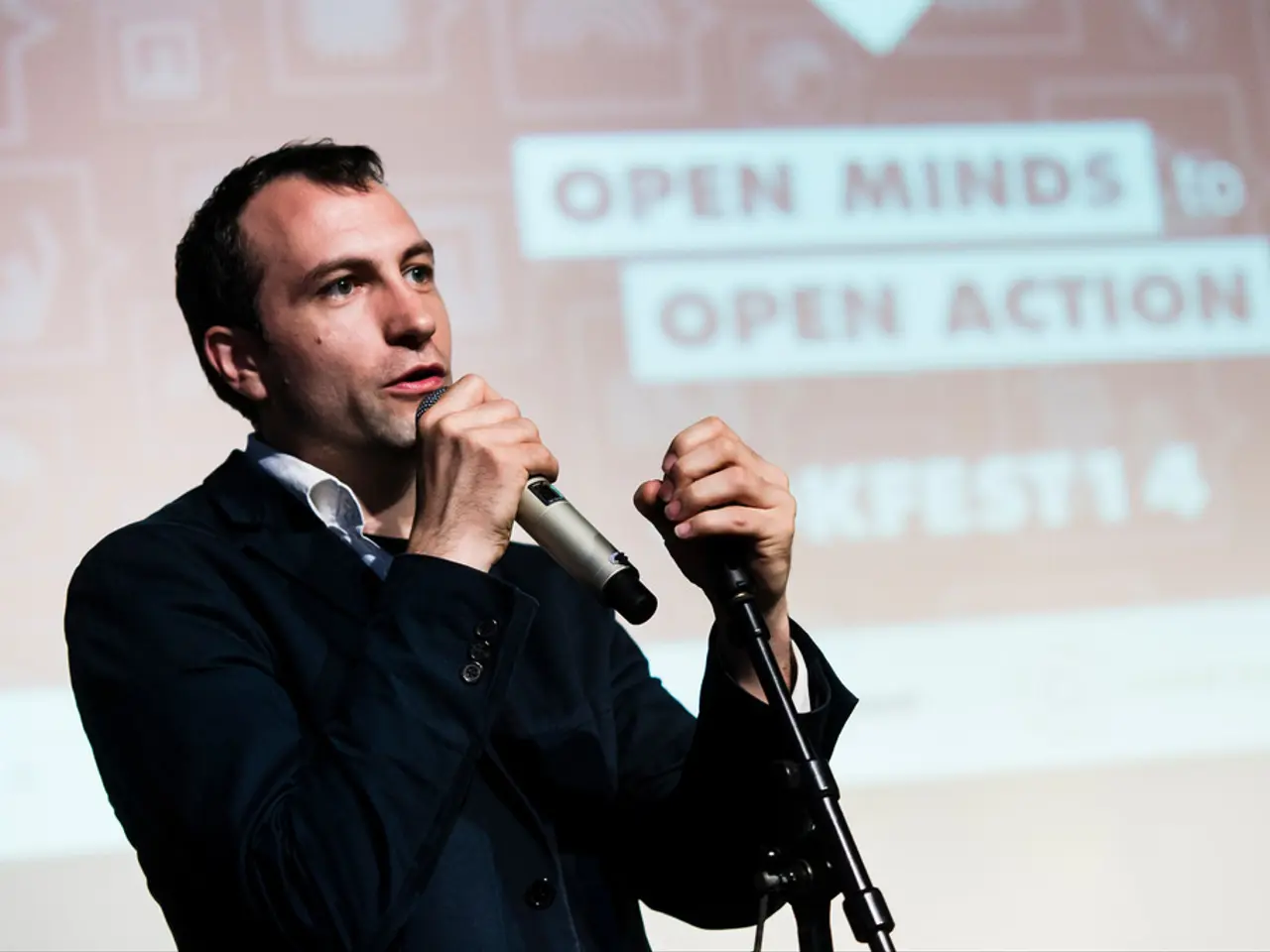Brain-deciphering technology reveals thoughts with an accuracy of up to 74%
In a groundbreaking development, researchers have successfully decoded inner speech—the silent, internal monologue that we all experience—using brain-computer interface (BCI) technology. This new advancement promises faster, more natural, and more comfortable communication for individuals with speech impairments [1][2][4].
The research, conducted by Erin Kunz and colleagues and published in the journal Cell, focuses on speech BCIs and their potential to decode private inner speech [4]. By recording neural activity related to imagined or attempted speech and translating it into text or audible speech, these devices can bypass the need for physical speech attempts, reducing fatigue and improving comfort [1][2][4].
The key to this technology lies in the decoding of inner speech neural patterns. BCIs record brain signals, particularly from the motor cortex and overlapping speech-related regions, when the user imagines speaking [1][2][4]. Inner speech signals are somewhat weaker but overlap with those of attempted speech, allowing machine learning algorithms to interpret the imagined words across a large vocabulary (e.g., 125,000 words) [1][2][4].
Artificial intelligence plays a crucial role in this translation process. Machine learning models are trained on these neural patterns to decode silent thoughts into words or sentences in near real-time, enabling communication without muscle movement or vocalization [2][4][5].
To ensure privacy, some systems require users to think of a preset mental "password" to activate or deactivate inner speech decoding. This mechanism protects the user’s privacy by only translating their inner speech when intended [1][3].
More advanced devices with more sensors and better algorithms may be able to decode free-form inner speech in the future [4]. This advancement is a meaningful step toward naturalistic and efficient communication aids for individuals who cannot speak, promising greater independence and social interaction through technology-driven decoding of silent speech [1][3][5].
This research was supported by multiple organisations, including the Assistant Secretary of Defense for Health Affairs, National Institutes of Health, Simons Collaboration for the Global Brain, and the National Science Foundation [3]. This breakthrough in BCI technology is a testament to the potential of technology to transform the lives of those with speech impairments, offering them a new avenue for communication and connection.
[1] Kunz, E. et al. (2022). Real-time decoding of speech inner speech using a brain-computer interface. Cell. [2] New Scientist. (2022, June 22). Silent thoughts can now be decoded by a brain-computer interface. Retrieved from https://www.newscientist.com/article/2313430-silent-thoughts-can-now-be-decoded-by-a-brain-computer-interface/ [3] Science Daily. (2022, June 22). Decoding inner speech with brain-computer interface could lead to new communication aids for people with speech impairments. Retrieved from https://www.sciencedaily.com/releases/2022/06/220622140431.htm [4] The Verge. (2022, June 22). This brain-computer interface can decode your thoughts into text. Retrieved from https://www.theverge.com/23322062/brain-computer-interface-decodes-inner-speech-text [5] Wired. (2022, June 22). A Brain-Computer Interface Can Now Decode Your Inner Speech. Retrieved from https://www.wired.com/story/brain-computer-interface-decodes-inner-speech/





